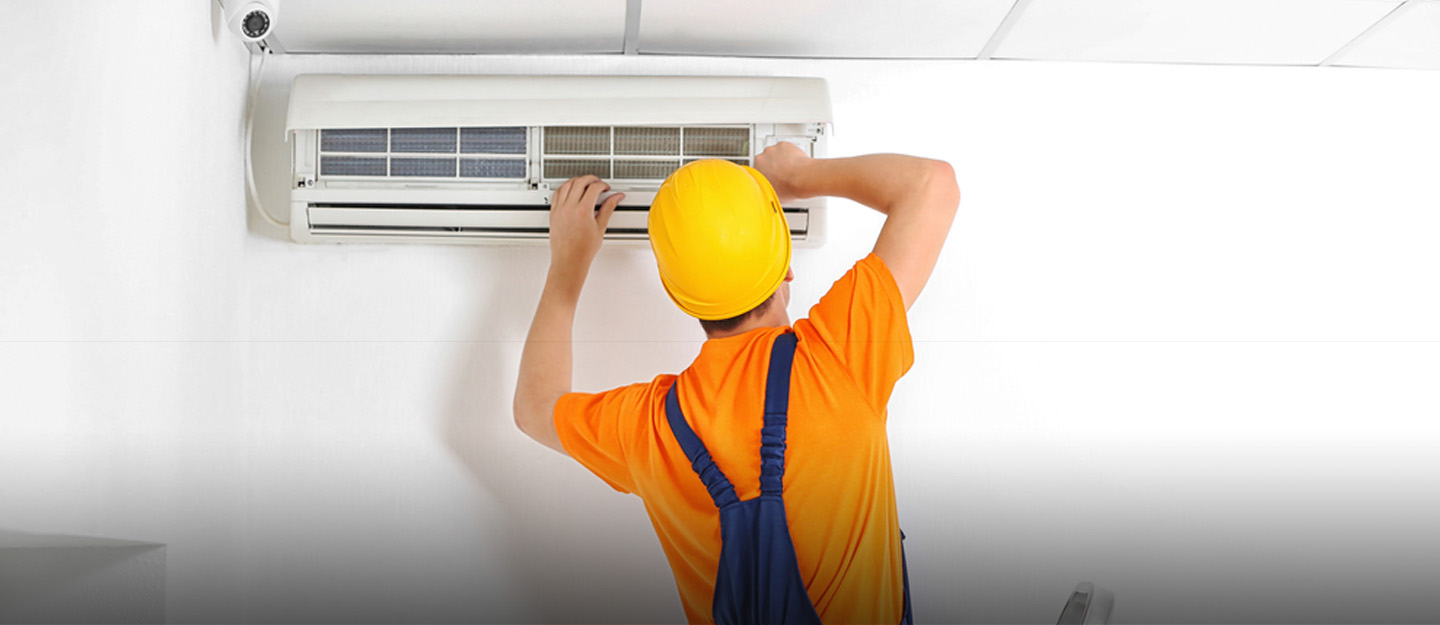As we move further into the twenty-first century, the value of efficient heat, airflow, and cooling systems, or HVAC, cannot be overemphasized. Such systems play a crucial role in maintaining pleasant indoor environments in both domestic and industrial settings. But with progress in technology, the HVAC arena is transforming rapidly, paving the way for smarter, optimized solutions. Understanding what HVAC is and how it works is crucial for homeowners and businesses alike, especially as the incorporation of advanced technology begins to redefine our views of these systems.
In this article explore the next generation HVAC technology, focusing on the developments that are transforming how we warm and chill our spaces. From adaptive thermostats that adapt to your preferences to energy-efficient systems designed to reduce your monthly bills, the next phase of HVAC is not just about ease; it’s about creating a sustainable lifestyle. We will also address common HVAC problems, maintenance tips, and periodic considerations to help you make wise decisions for your home or office. Join air conditioning replacement as we investigate the field of HVAC and uncover how embracing smart technology can lead to a better and pleasant future.
Grasping HVAC Fundamentals

HVAC stands for warmth, airflow, and climate control. These systems are essential for preserving pleasant indoor climates in both residential and business buildings. HVAC units not only manage temperature but also ensure air quality, making sure spaces are livable and conducive for occupants. Comprehending the core components of HVAC systems helps property owners and facility managers make wise decisions about installations, maintenance, and upgrades.
At its heart, an HVAC system consists of three main functions: warmed air, chilling, and ventilation. Warming is typically achieved through heaters or heat pumps that heat the air during chilly months. Chilling is primarily provided by air conditioning units that lower indoor temperatures in response to increasing heat. Ventilation plays a crucial role by allowing fresh air to circulate while removing stale air, which is important for preserving a safe living environment.
A well-designed HVAC system should function efficiently and quietly, providing reliable comfort throughout a building. Common types of systems include main air conditioning, ductless mini-splits, and earth-sourced systems, each with its advantages and uses. Comprehending these basics sets the groundwork for addressing more complex topics, such as troubleshooting common problems and examining smart technology advancements in HVAC.
Smart HVAC Innovations
The rise of advanced tech has revolutionized the HVAC industry, making heating systems increasingly effective and user-friendly. Sophisticated features such as Wi-Fi connectivity allow homeowners to control their HVAC systems remotely through mobile apps, enabling immediate adjustments based on their preferences and timing. This connection not only improves convenience but also boosts energy effectiveness by optimizing system usage according to who is present patterns.
Moreover, smart HVAC systems often include learning algorithms that track user behavior over time. These systems can instantly modify temperatures based on when the house is in use or empty, significantly reducing energy consumption during inactive times. Additionally, connections with smart home devices, such as voice assistants, allows seamless control, permitting users to change their climate settings with simple voice commands, enhancing the overall comfort of the home environment.
An additional key advancement is the application of advanced sensors that monitor indoor air purity and humidity levels. These sensors can interact with the HVAC system to make immediate adjustments, ensuring ideal ventilation and air purity. By assessing pollutants, irritants, and moisture, these smart systems not only provide a pleasant environment but also add to better health and wellbeing for the occupants, demonstrating the multifaceted benefits of adopting smart HVAC solutions.
Maintaining Effectiveness & Cozy Atmosphere
To ensure your HVAC system operates at peak performance, regular maintenance is essential. This includes changing air filters, examining ductwork, and arranging professional tune-ups. Changing filters monthly or every few months can significantly improve air quality and system efficiency. Ignoring filters leads to clogged systems, driving up energy consumption while compromising comfort levels in your home. Professionals can detect potential issues early on, ensuring the system runs smoothly throughout the year.
Alongside regular maintenance, smart technology integration can enhance both efficiency and comfort. Smart thermostats, for instance, can adapt to your schedule, enabling you to set temperatures according to your daily routines. By using these devices, you can avoid unnecessary heating or cooling when the house is empty, leading to substantial energy savings. Furthermore, smart sensors can recognize when windows are open and adjust HVAC settings accordingly, which helps maintain an ideal indoor environment.
Finally, ensuring proper insulation and ventilation is crucial in maximizing HVAC efficiency. Well-insulated homes maintain temperature more effectively, reducing the workload on your system. In addition, good ventilation is essential for sustaining indoor air quality, which is vital for comfort and health. By considering these additional factors, homeowners can create a balanced synergy between energy efficiency and comfort, resulting in a more enjoyable living environment.
